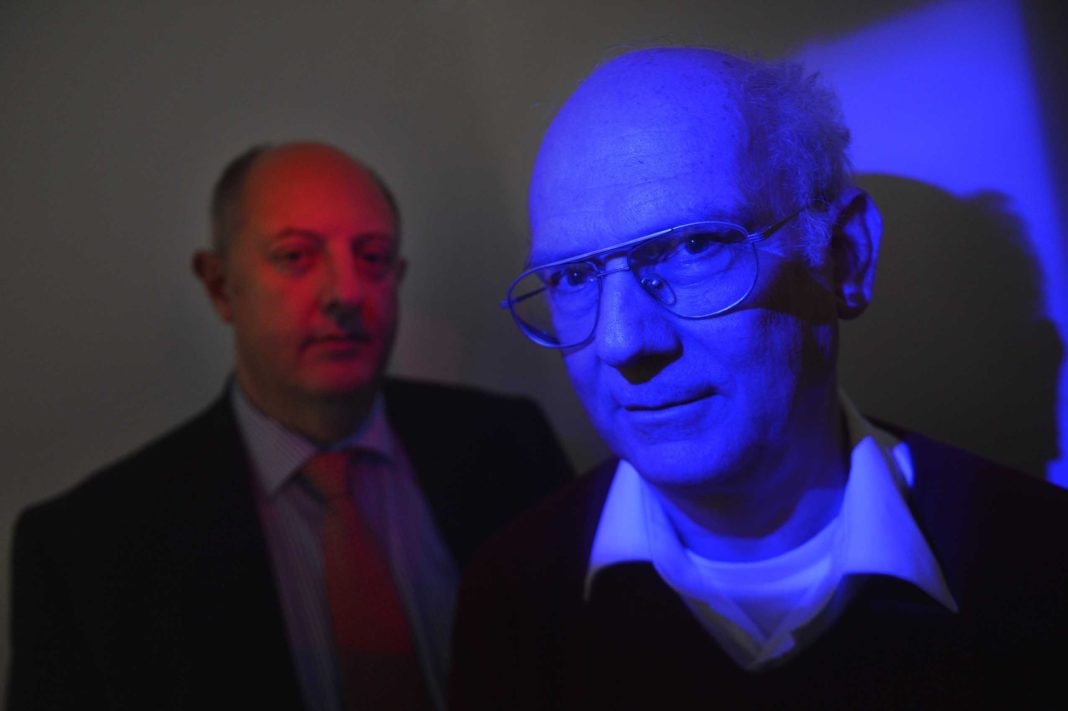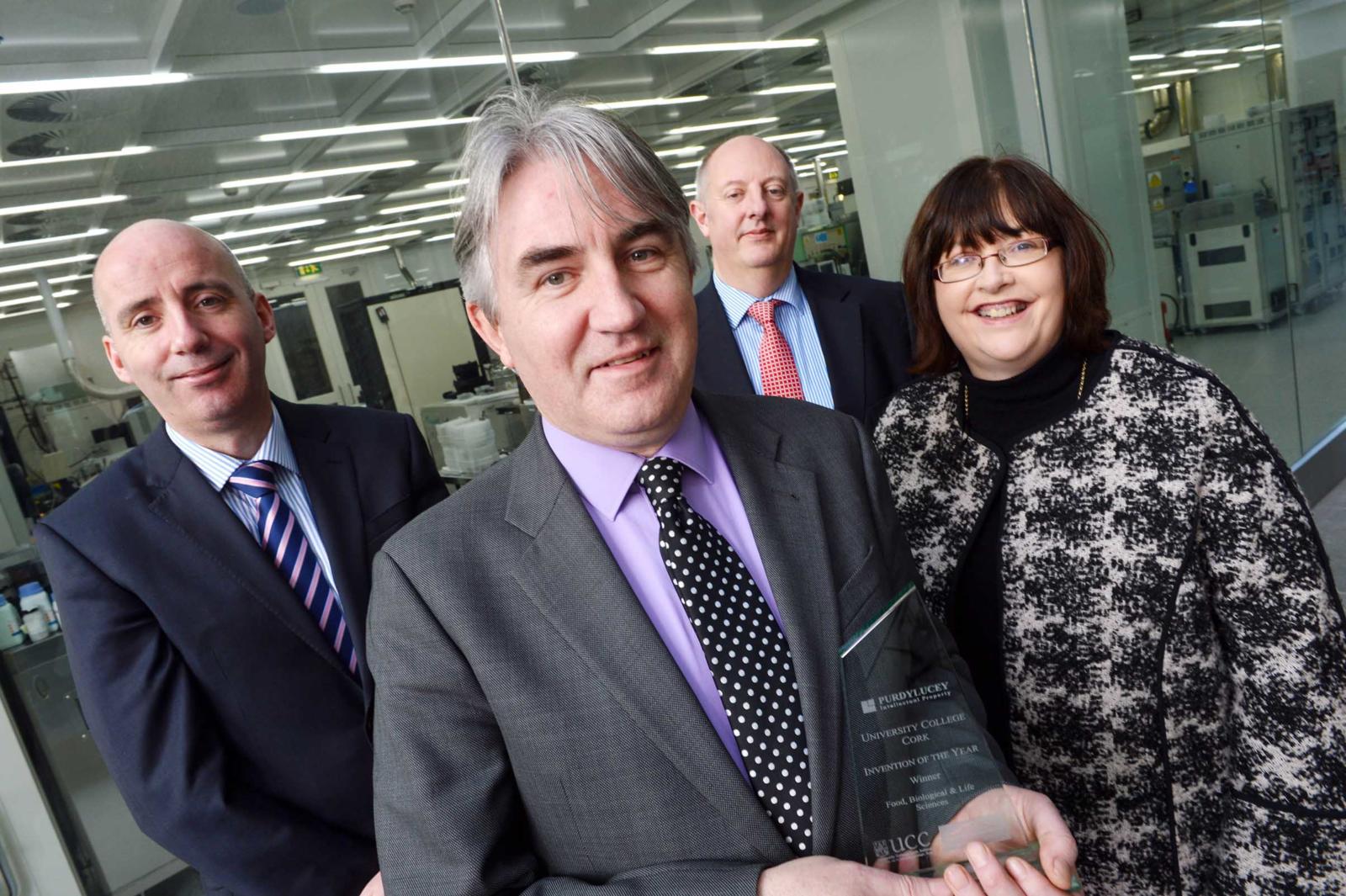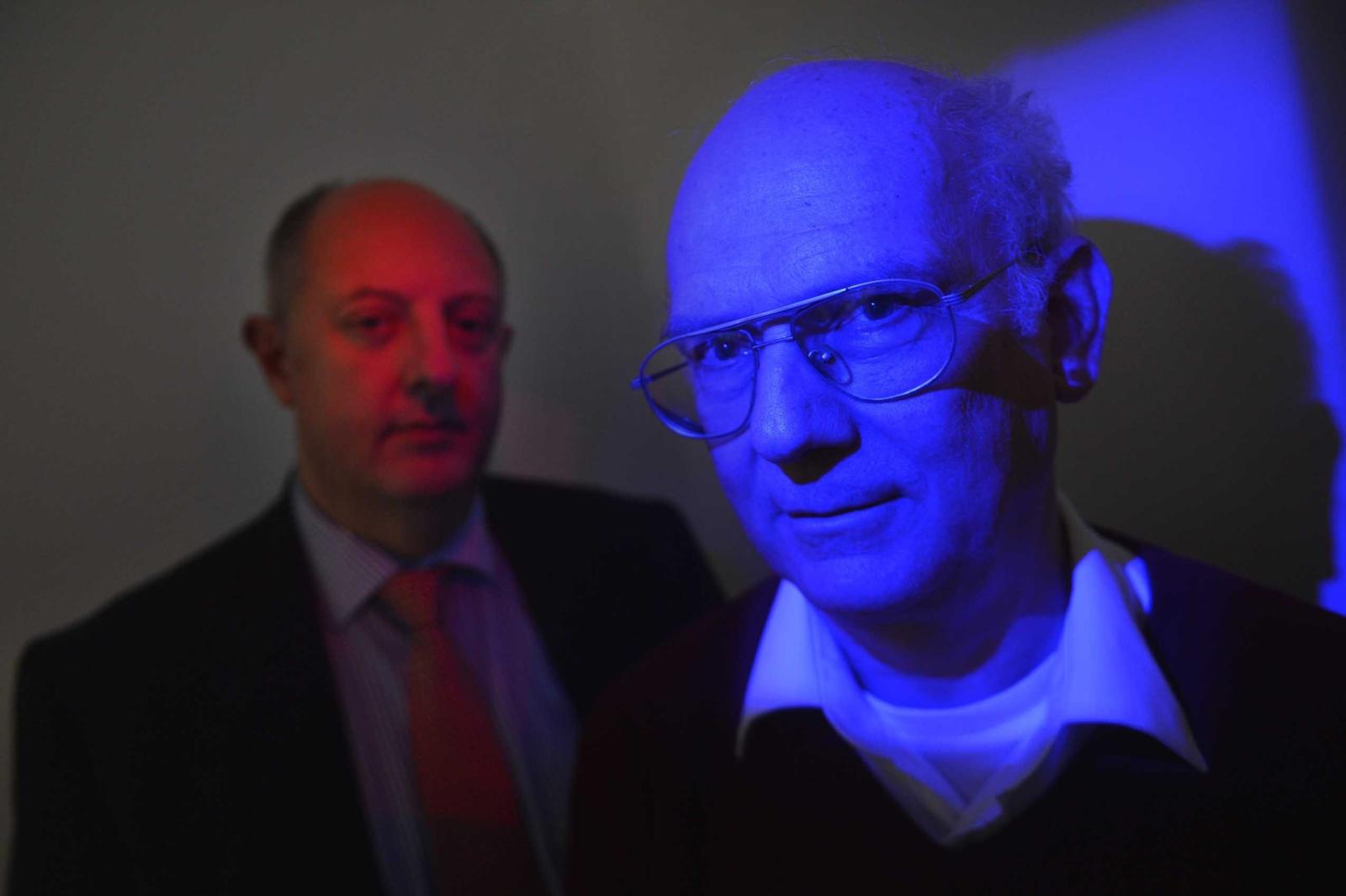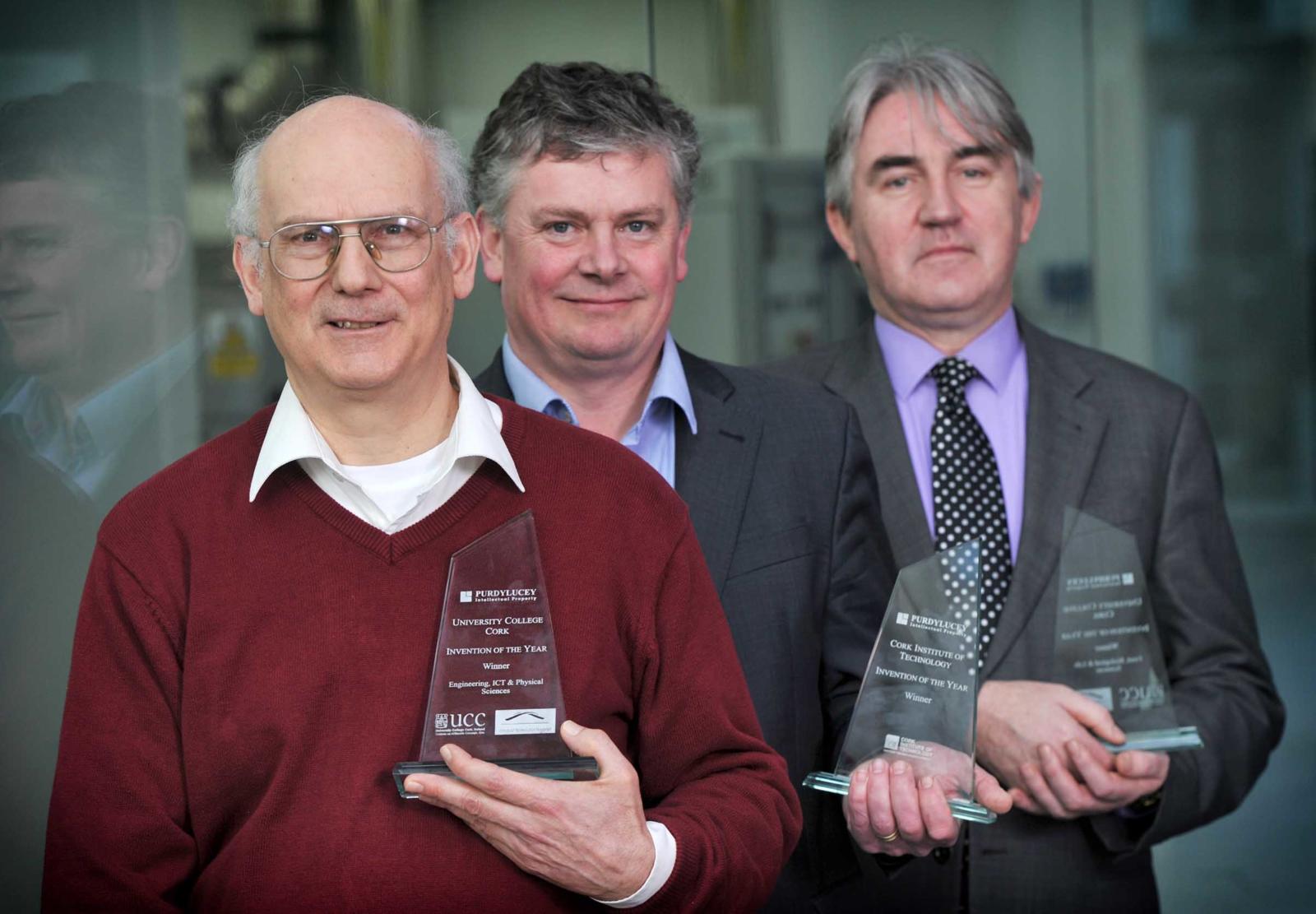Super-LED for driverless car sensors, stem cell breakthrough and Energy optimisation system win Inventions of the Year Awards
The future is bright for a number of inventors in Cork who have been recognised by University College Cork (UCC), Cork Institute of Technology (CIT), and Teagasc at the Invention of the Year Awards in Cork this week.
The Invention of the Year Awards, sponsored by Purdy Lucey, are held each year and recognise some of the most disruptive innovations and technologies developed in Ireland.
This year’s award winners were from UCC, CIT Nimbus and Tyndall Institute with innovations that include a new structure of Super Luminescent LED Light (SLED), which could be used in driverless cars of the future, a groundbreaking stem cell innovation that could replace open-heart surgery, as well as an advanced energy optimization system that could revolutionise how energy is supplied, controlled and diverted across multiple energy consumption devices in commercial and private environments.
“Each year the Invention of the Year Awards showcase the talent of research teams working across the Cork region, in various institutions, colleges and of course at UCC,” said Prof Anita Maguire, VP Research & Innovation at UCC.
“The calibre of inventions this year was exceptionally high and each of these winning technologies presents enormous opportunity for commercialisation, potential licensing and indeed widespread adoption in the marketplace to advance and improve the quality of all our lives.”
A new photonics device with super luminescent LED, known as SLED, scooped the ICT Invention Award for it’s revolutionary technology that emits a brighter and more powerful form of LED. This technology will be potentially used in driverless cars, automotive sensing, communications, gesture recognition and environmental monitoring among others.
Developed by a team of inventors at Tyndall Institute Institute, led by Pleun Maaskant along with Brian Corbett and Mahbub Akhter, this new structure for SLED will have a lower cost of fabrication making it ideal for commercialization and widespread adoption.
UCC’s Centre for Research in Vascular Biology director, Professor Noel Caplice, took the Life Sciences Invention Award for his stem cell invention which has developed a way to grow stem cells taken from a patient’s own blood onto a degradable scaffold (‘stent-like’ structure).
The implanted device triggers new microvessels to grow around the blocked portion of the artery to restore normal blood flow. This unique Cell Therapy-based device could revolutionize the treatment of coronary artery disease.
As demands increase on our current energy supply, management of consumption in terms of both usage and cost is vital. A potential solution created by Professor Richard Linger of CIT’s Nimbus Centre also received the Invention of the Year award for its Energy Optimisation System.
His cloud based predictive energy control optimization system called SESOP gives customers low risk access to the electricity wholesale market, and combining real-time data and advanced software algorithms, choose the timing of energy use to save up to 25% of energy costs. SESOP has been in development since 2012 with over €1m of R&D funding.
It is currently being deployed on trial sites in commercial properties, apartments and water-related assets in Ireland to meet the challenge of managing multiple sources of energy and to supply multiple energy-consuming devices, in the most cost-effective way possible.
Commenting on the Invention of the Year Awards, Mr. Michael Lucey, Co-Founding Partner of Purdy Lucey Intellectual Property expert and Award sponsors said: “Purdy Lucey are delighted to be involved again with the UCC Invention of the Year, and recognises the world class research activity taking place in Cork. This research complements and supports existing industry and safeguards the supply of future start-up companies in the Cork and Munster region.”
“This research complements and supports existing industry and safeguards the supply of future start-up companies in the Cork and Munster region.”
“The pioneering research of innovators, exemplified by the award winners of the Invention of the Year, is being nurtured within our universities, colleges and research institutions. Our engagement with industry to licence and commercialise these incredible innovations continues to bring more and more research to market, creating jobs, improving our lives and providing unique and creative solutions to the challenges of modern day living,” said Tim Roche, Director of Technology Transfer at UCC.
UCC leads the UCT consortium, which also includes CIT and Teagasc, focused on supporting the commercialisation of research. The consortium is one of eight across Ireland that are funded through the Enterprise Ireland Technology Transfer Strengthening Initiative (TTSI) programme which builds capacity and capability in this specialist area.
The funding programme is managed through Knowledge Transfer Ireland (KTI) which has a national role to drive innovation in Ireland by making it simpler for companies to access state-funded technology, ideas and expertise. As such, KTI works closely with the Technology Transfer Offices around the country.
Commenting on the Invention of the Year Awards, Alison Campbell, Director of KTI said: “The Invention of the Year Awards are a wonderful opportunity to profile some of the incredible research and innovative thinking housed in our third level institutions in Ireland. It is also important that successes in the area of commercialising research are recognised because these successes will drive the research and innovation economy in Ireland. I congratulate those awardees from the UCT Consortium and I commend all those who put themselves forward for consideration.”











